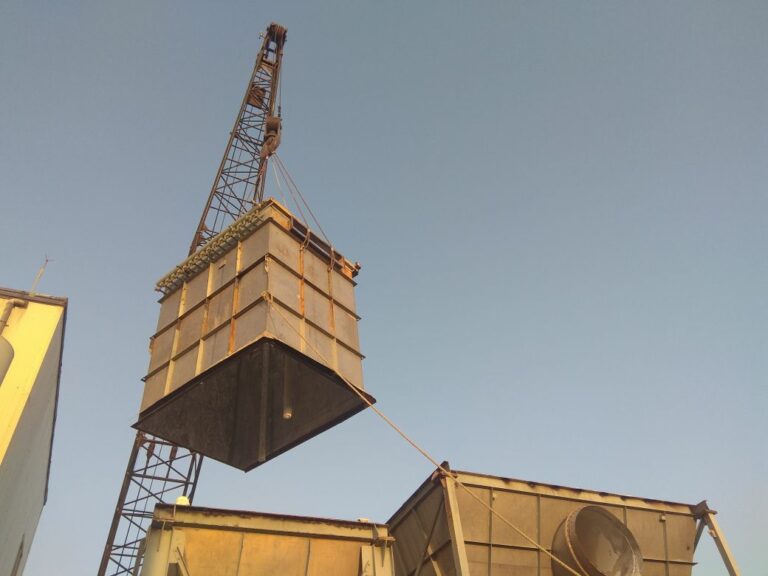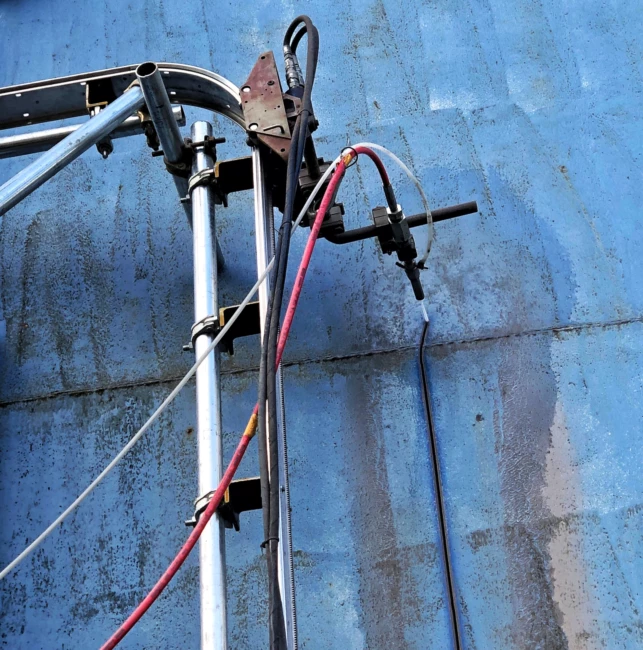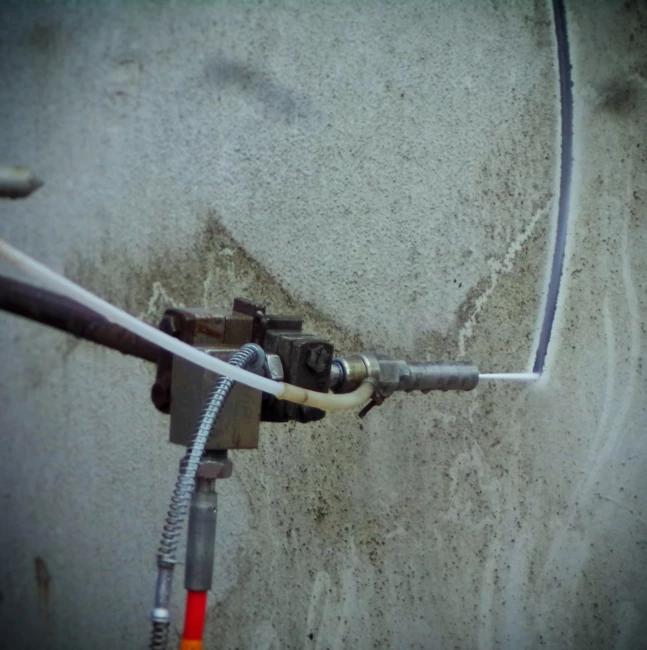Industrial Demolition
Industrial Demolition
Malik Trading and Demolition is a company that specializes in industrial demolition work, with a track record dating back to 1996.
Over the years, they have likely gained expertise in dismantling and removing structures within industrial sites, such as factories, warehouses, power plants, and refineries.
Their experience in handling industrial-scale projects may include the use of specialized equipment and techniques, as well as the disposal of hazardous materials and the remediation of contaminated sites. As a result, they are likely to be a reliable choice for industrial demolition projects.


Safe cutting of steel in explosive environments
MTD provides a mobile abrasive water jet cutting service which is regularly deployed in hazardous atmospheres as no heat or sparks are generated. RGL have applied this technology very successfully in a range of situations across an array of industries particularly petrochemical, oil, gas, and offshore energy.
The principle is based on introducing an inert natural mineral abrasive into an Ultra High Pressure water stream and remotely guiding the resultant Abrasive Water Jet to where the cutting is required. RGL thrive on designing and building hydraulically powered water jet cutting carriers which facilitate the cutting process being controlled remotely, thus keeping jetting personnel a safe distance away from the cutting nozzle.
A bespoke solution.
Each abrasive cold cutting job is different. At MTD, we believe that early dialogue with our customers is essential to ensure we offer the most efficient and appropriate solution. This early dialogue allows us to plan and engineer custom tooling specific to our customer’s requirements.
The RGL equipment including the water jetting pumps are “refinery ready” and fitted with “Chalwyn” valves, spark arrestors and bolt on earth connections. Furthermore, all the pumps are equipped with certified lifting eyes which allows them to be safely lifted into position if the need arises.


Safety and environmental advantages
- Cuts are performed using remote control equipment. Operatives operate the equipment from a safe distance from the jet.
- The cutting medium is water plus an inert natural mineral abrasive which presents no environmental hazard.
- Wastewater can normally be disposed of through plant drainage systems.
- UHP abrasive water jet cutting minimizes the amount of water requiring disposal
Applications of abrasive water jet cutting
Abrasive water jet cutting is fast becoming one of the preferred methods of cutting steel on decommissioning projects. Using only ultra-high-pressure water and a small amount of inert grit, the technology can cut through most materials without creating heat or sparks making it safe to deploy in potentially explosive atmospheres.
Typical off-the-shelf applications:
- Cutting into live tanks and vessels without the risk of igniting any residual product or gas
- Cutting into gas storage vessels (Gasometers) for venting, access, and/or complete decommissioning.
- Pipe cutting – The MTD rigs can cut pipework of almost any diameter or thickness without the need for prior cleaning. Furthermore, the cutting nozzle can be angled to cut the “weld prep” during the same operation as the pipe cutting.
- Cutting oil tank floors into sections that can be removed from the tank via manways.
- Oil tank floors (particularly when a product has leaked under the floor and conventional methods pose a fire risk).
- Steel pile cutting – underwater from “inside out” below bed level without the need for diving teams.
Each project is different and Malik Demolition prides itself on providing solutions by designing, producing, and deploying the interface between abrasive jet-cutting technology and the job to be done.

our awesome Services
01.
Silo demolition is the process of dismantling or destroying a silo structure, typically used for storing grain or other agricultural products. This process involves careful planning and execution to ensure the safe and efficient removal of the silo.
02.
The demolition process typically involves careful planning to ensure the safety of workers and the surrounding area. Depending on the size and location of the chimney, demolition methods may include the use of heavy machinery.
03.
Environmental considerations are also important, & measures may be taken to minimize dust, debris, & the impact on the surrounding environment. After the cooling tower is demolished, the debris is typically removed.
04.
This demolition involves the dismantling and removal of structures, equipment, and facilities associated with a chemical manufacturing or processing plant. This process requires careful planning, adherence to safety regulations.
05.
This process may involve the use of heavy machinery, controlled explosives, or specialized deconstruction techniques, depending on the size and complexity of the power plant. Safety measures, including the use of protective equipment.
06.
The demolition of a nuclear power plant is a highly complex and regulated process due to the potential hazards associated with nuclear materials, radioactive contamination, and the need to ensure the safety of workers.
07.
The demolition process may involve the use of heavy machinery, cutting torches, or other specialized equipment to dismantle the boiler and associated structures. Safety measures, including the use of protective equipment.
08
The process of dismantling or destroying structural components of a building or other structure. This may involve the use of heavy machinery, explosives, or other methods to safely and efficiently remove the structural elements of a building.
09.
Once the main components of the tower crane have been lowered to the ground, the remaining smaller components, such as the hoisting mechanism, operator’s cab, and other parts, are carefully dismantled and removed.
10.
Structural components, such as beams, columns, and other elements, requires a systematic approach, adherence to safety regulations, or when the structure has reached the end of its service life.
11.
The dismantling of wind turbines, whether for maintenance, repurposing, or end-of-life decommissioning, is a complex process that requires careful planning, adherence to safety regulations.
12.
Decommissioning means to safely remove a facility or site from service by demolition and dismantling and reducing residual radioactivity to a level that permits the release of the property and termination of the license.
13.
MTD All Industrial Services provides a complete turn-key service for every stage of industrial and commercial plant relocation, from dismantlement and relocation plan development to match marking, heavy machinery moving, rigging, relocation, equipment assembly, re-installation and start-up.
14.
We have in-house master riggers, professional engineers, skilled rigging tradesmen and state of the art equipment to handle the most challenging machinery moving projects
15.
MTD has performed numerous complex and highly technical industrial and pharmaceutical rigging, dismantling, equipment removal, and relocation projects. All rigging projects are conducted with the highest regard to precision, schedule, cost effectiveness and strict safety standards.

